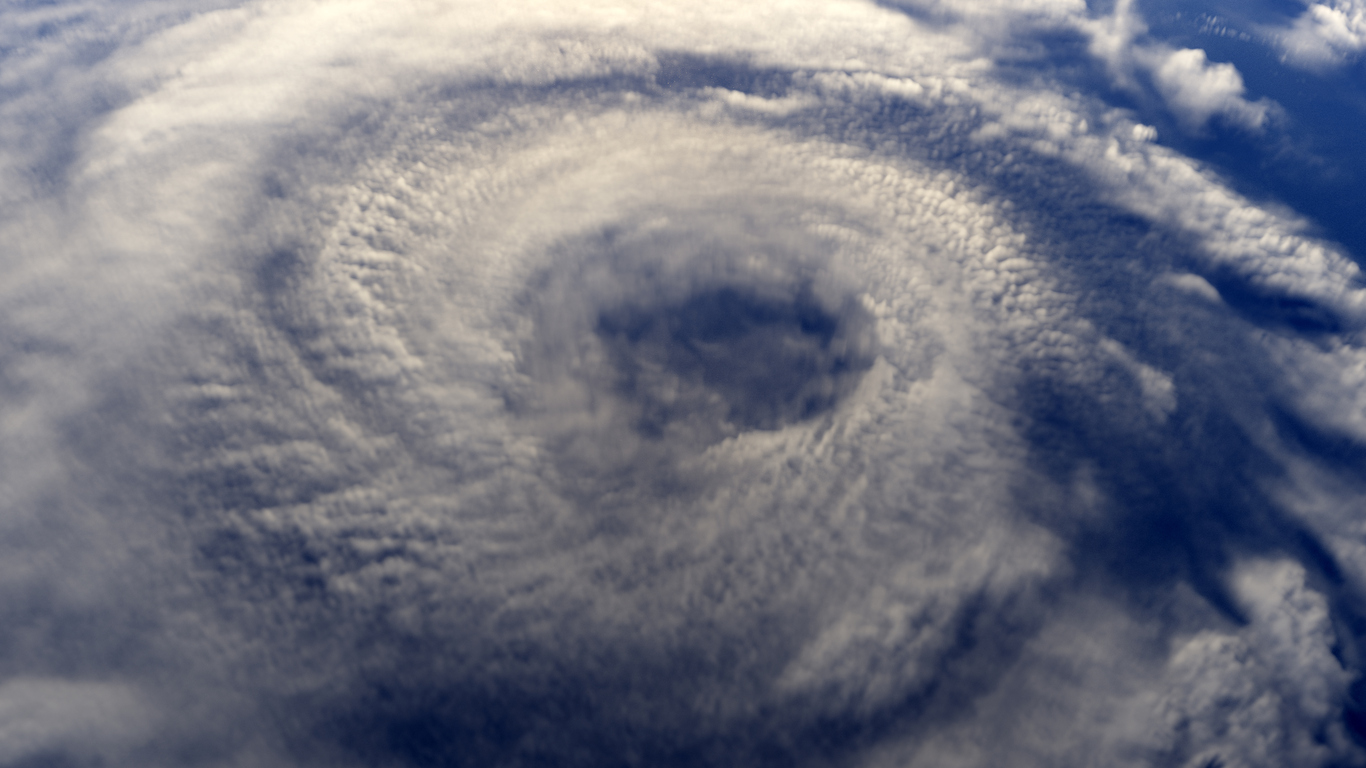The risk modeller’s estimate included losses from buildings, contents and business interruption claims arising from commercial, residential and industrial properties. The $7bn loss estimate does not include infrastructure or auto losses.
The report did not break out insured losses, although the International Monetary Fund estimated in 2017 that about 60 percent of Bahamas households are uninsured or under-insured.
“Dorian will go into the history books as the hurricane causing the most intense wind speeds over land and for the longest duration,” KCC said in its special report.
“While the total losses – an estimated $7bn – are catastrophic, particularly for Abaco, Dorian’s track was not a worst-case scenario for the Bahamas. New Providence, the most-populated island, was spared the worst of Dorian’s wind speeds and storm surge,” the risk modeller added.
According to KCC, “a near-total loss of property is expected for Marsh Harbour and the surrounding communities.
Marsh Harbour is a small town on the island of Abaco which, along with Grand Bahama, bore the brunt of Hurricane Dorian.
On Grand Bahama, KCC noted that “much of downtown Freeport was also flooded along with the airport”.
Although the total economic losses from the storm are not as bad as they could have been, KCC pointed to huge difficulties for many Bahamas residents.
“The impacts of Hurricane Dorian on the lives of the people in its path will be felt for many years to come,” KCC said.













